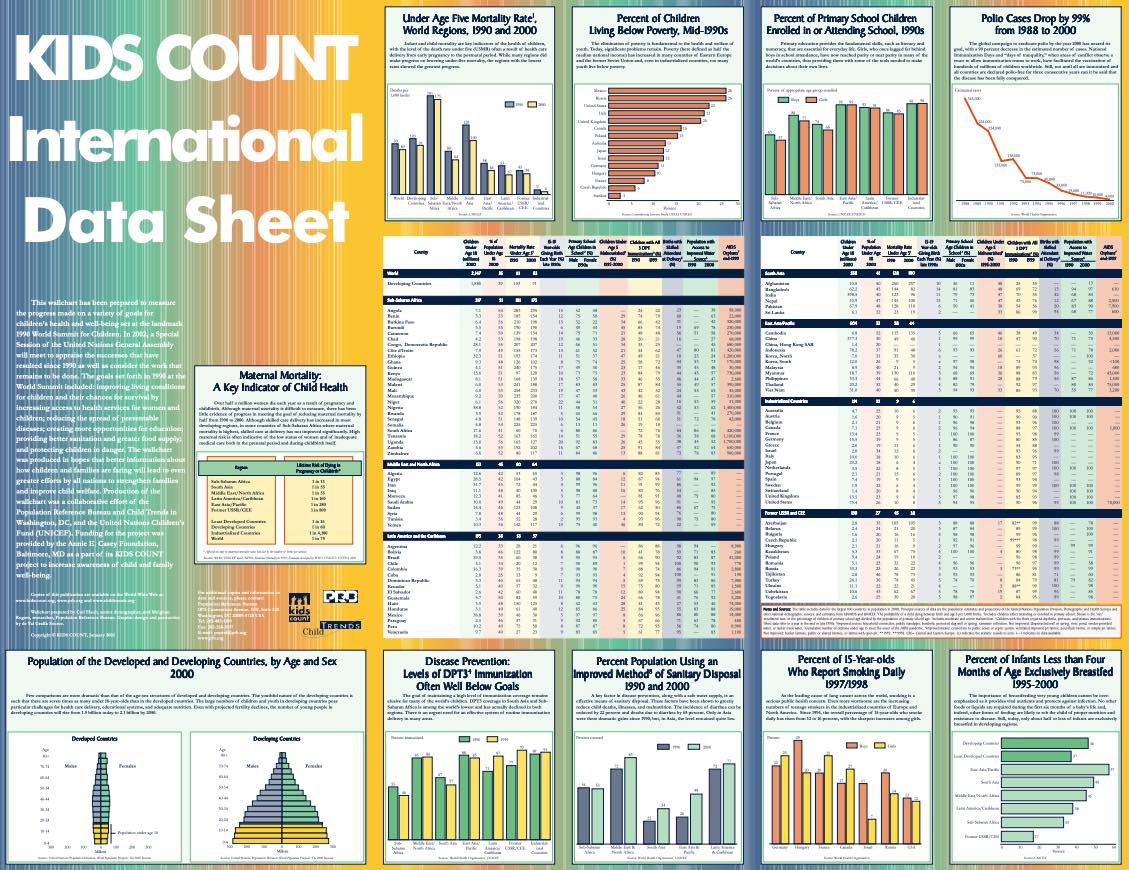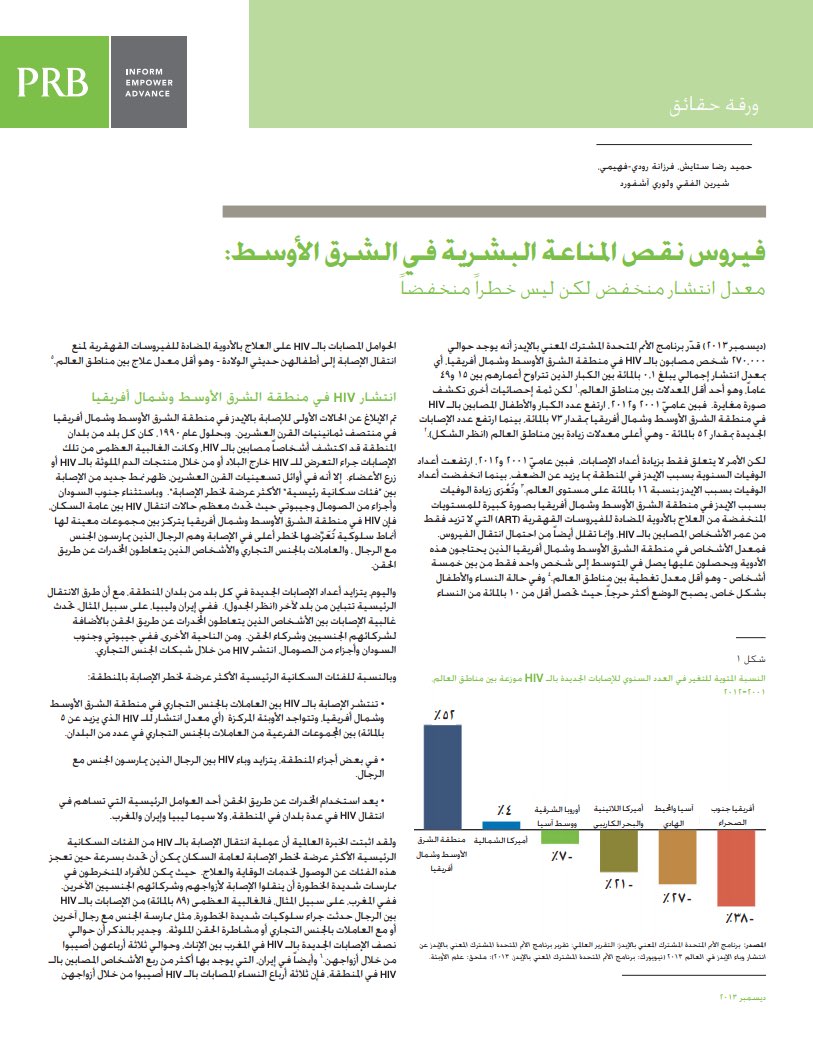Parents’ Imprisonment Linked to Children’s Health, Behavioral Problems
(2014) U.S. children of incarcerated parents are an extremely vulnerable group, and much more likely to have behavioral problems and physical and mental health conditions than their peers, reports Kristin Turney, a University of California-Irvine sociologist.



